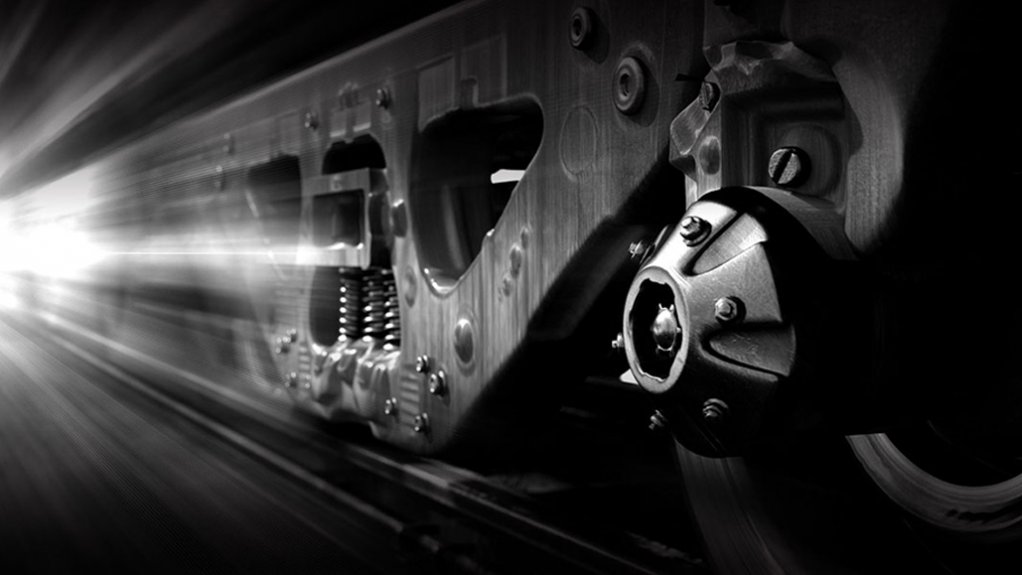Galvanized steel and zinc products provide several benefits for rail infrastructure and can help to revamp rail infrastructure in South Africa, says International Zinc Association (IZA) Africa Desk senior consultant Simon Norton.
The key benefit of using zinc galvanized steel in rail infrastructure is that it has a longer lifespan than ungalvanized or just painted steel.
This is owing to the fact that the steel is protected by galvanizing from corrosion when it is exposed to the atmosphere, he adds.
The hot dip galvanising of steel structures begins with the cleaning and pickling of the steel to get rid of all the old coating or grease or black oxide on it, after which the steel is then subjected to various washing processes and, eventually, placed into a bath of molten zinc at 450 ºC.
Once the steel is galvanised, it can be used as is in the field, but if overcoated with a paint, known as a duplex coating, it adds to the life of the steel, explains Norton.
“Within the South African context – where capital is so expensive and difficult to acquire, owing to the country’s small tax base and the need for capital all over the country – using galvanized steel can assist in saving capital costs in replacing rail infrastructure,” says Norton.
Moreover, other zinc products can also be used in rail infrastructure, says Norton.
Zinc-rich paint for example can be used when there is usable steel on site at railway stations that requires cleaning and protection, so as to reduce corrosion and damage to the steel.
“Because you cannot rip this steel out of the ground and take it to a galvanizing plant, zinc-rich paints allow for the process to happen on site,” he explains.
This process begins with the on-site grit blasting of the steel, consequently removing all the old paint and rust. Thereafter, the steel is rinsed off to ensure that all dirt and other substances have been removed.
“Once you have the clean steel, you then apply inorganic zinc-rich paint that provides an incredibly powerful, strong anti-corrosion coating, which you leave to cure for an extended period of time,” explains Norton.
“South Africa has 27 hot dip galvanizing plants ready and waiting to galvanize steel for new rail infrastructure, as well as other zinc products that can be used,” Norton highlights, adding that the IZA plays “a vital role” in establishing the basis for the successful revitalisation of the zinc industry in South Africa.
“By increasing awareness of zinc, and its applications and benefits in key sectors and markets, such as rail infrastructure, the hope is that it will, ultimately, translate into the increased uptake of zinc,” he adds.
Edited by: Zandile Mavuso
Creamer Media Senior Deputy Editor: Features
EMAIL THIS ARTICLE SAVE THIS ARTICLE
ARTICLE ENQUIRY
To subscribe email subscriptions@creamermedia.co.za or click here
To advertise email advertising@creamermedia.co.za or click here













